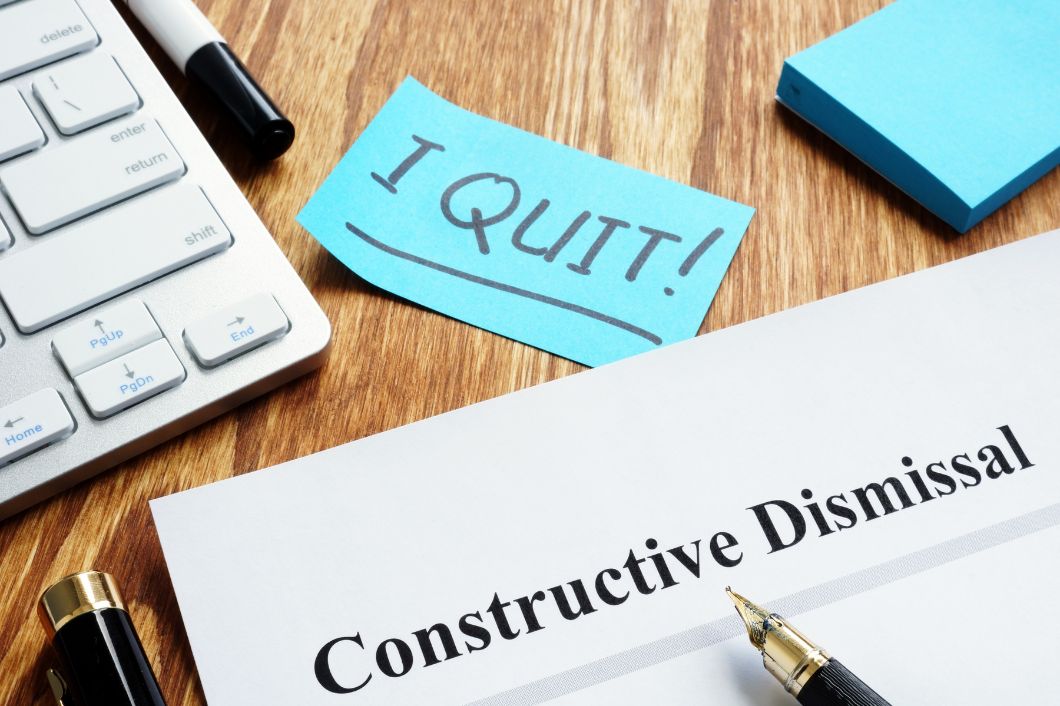Losing your job can be a distressing experience. It’s especially distressing when it comes not in the form of their termination but in your resignation. When your employer creates a hostile work environment, alters your job duties, or forces you to resign, it could be consistent with a legal concept called constructive dismissal. Constructive dismissal occurs when an employer makes fundamental changes to an employee’s role, workstation, or compensation, all or any of which lead that employee to feel that they have no choice but to resign. To put it simply, constructive dismissal is a way to terminate an employee while putting the onus on them. This guide provides essential information that can help a wrongfully terminated employee tell when they’re a victim of constructive dismissal.
Significant Changes in Job Duties
Employers can stipulate that role responsibilities can change over time, but that doesn’t tell the whole story. A common indicator of constructive dismissal is when an employer abruptly makes significant changes in an employee’s job duties without consultation or consent. For instance, if the employer reduces an employee’s responsibilities, changes their hours of work, or transfers them to another position without a valid reason, this fundamental alteration of the position could amount to constructive dismissal.
Harassment and Hostility
Harassment and hostility in the workplace are other signs of constructive dismissal. Negative behavior from coworkers or managers, including bullying, derogatory comments, and isolation, can create a hostile work environment. When the goal is to make it intolerable for the employee to remain with the company, this can constitute constructive dismissal.
Intolerable Working Conditions
The film Office Space offers a humorous take on a situation that, in real life, is anything but funny for the recipient. Employers can leverage unreasonable changes in work location or outright refusal to provide employees with essential tools or resources for the proper execution of their duties. Under these circumstances, the employee may feel they must quit.
Inadequate Compensation
When it comes to constructive dismissal, money doesn’t just talk—it can shout. Part of how to tell when you’re a victim of constructive dismissal is when your paycheck gets lighter for no good reason. An employee’s compensation package is a contractual obligation between the employer and the employee. If an employer breaches that contract by reducing an employee’s salary or benefits without any justifiable reason, that can wrongfully lead employees to the door.
“Constructive” may sound like a positive adjective, but constructive dismissal is an unlawful means of terminating employment, no matter how subtle or deft the company thinks it’s being. Therefore, employees who are victims of constructive dismissal can sue for wrongful termination. The idea that quitting precludes the possibility of wrongful termination is one of the many myths about wrongful termination. When you recognize these subtle signs and feel you may have been a victim of constructive dismissal, seek legal counsel to protect your rights and determine the best course of action.



